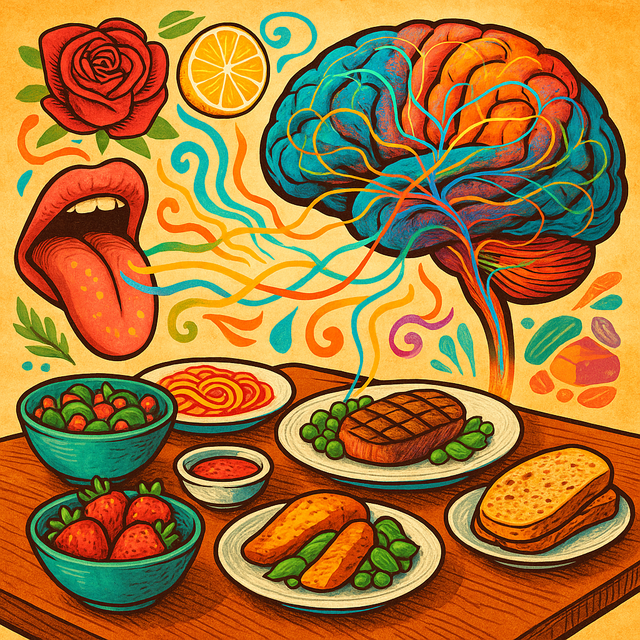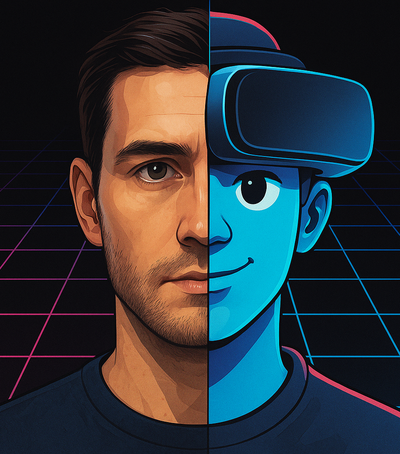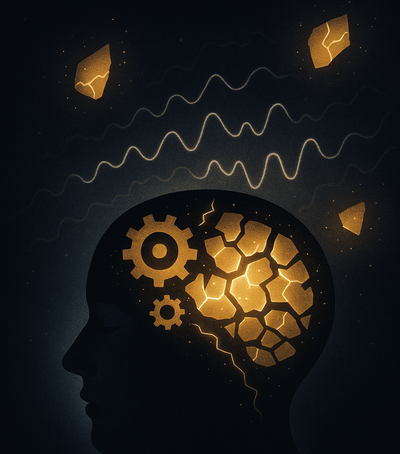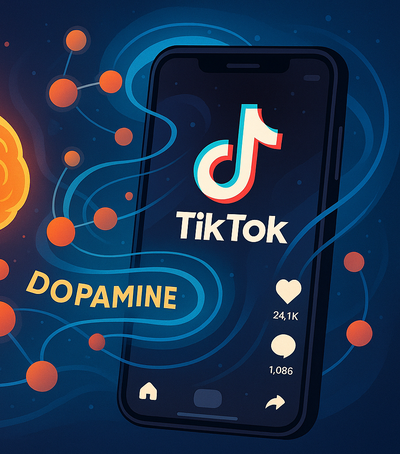
Neurogastronomy is an interdisciplinary discipline that studies the relationship between the food experience and the neural functions of the brain. It examines how the tastes, smells, and textures of food influence our emotions, memories, and decisions during a meal. By uncovering the neurological mechanisms behind these perceptions, we can create richer and more mindful eating experiences.
What happens in the brain when we taste food?
Flavor processing
Receptors on the tongue (sweet, salty, sour, bitter, umami) send signals to the gustatory cortex, which regulates the feeling of pleasure and the desire to consume more.
The path of aromas
Aromatic molecules travel along the olfactory pathway to the temporal lobe of the brain, activating the centers of emotion (amygdala) and memory (hippocampus).
Multisensory integration
The brain combines signals from taste, smell, and visual aspects to create a complete "emotional" image of food.
The impact of taste on mood and memory.
Sweet taste
It is linked to the release of dopamine, the pleasure hormone, temporarily improving mood.
Bitter taste
It can activate stronger protective responses and make foods more memorable.
Umami taste
It promotes a feeling of satiety and creates a lasting impression, which helps to better retain memories during and after the meal.
The role of aromas
Floral scents (lavender, rose) stimulate relaxation and reduce anxiety.
Citrus scents (lemon, orange) enhance the feeling of freshness and sadden the courtesy of attention.
Spicy aromas (rosemary, oregano) are linked to improved short-term memory and expanded mental capacity.
Textures and cognitive perception
Different consistencies (crispy, soft, gelatinous) engage different tactile receptors in the mouth and tongue, strengthening attention and memory of the context of the meal.
Sudden changes in texture (e.g., going from crunchy to soft) increase the level of neural arousal, making the food more memorable.
How to Practice Neurogastronomy in Everyday Meals
Multisensory attention: Savor each bite by chewing slowly, focusing on the nuances of taste and aroma.
Experiment with combinations: Combine opposite tastes (umami with sweet, salty with sour) to create stimulating contrasts.
Mealtime Atmosphere: Use warm lighting, soft music, and aromatherapy to enhance the emotional aspect of food.
Neurogastronomy teaches us that every meal is more than a source of energy—it is a multidimensional experience that deeply affects our brains. By understanding how flavors, aromas, and textures interact with neural networks, we can bring a new dimension of creativity and well-being to meals. Eating mindfully is the first step toward a deeper, more harmonious relationship with ourselves and the world around us.





